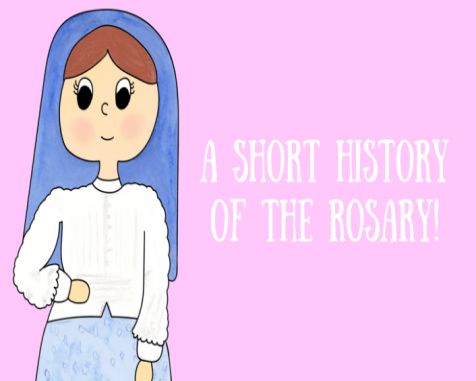Below are some examples of Zoom Retreats and Activites you can use for your youth.
If you have questions, please contact me @ dmontano@archdiosf.org (Della Montano)
Archbishop John Wester Article on Advent
christmas-word-scramble-answers
Mexican Version of The Night Before Christmas
Handprint Paper Towel Tube Advent Wreath & guadalupe coloring page handouts
The Meaning Of Advent
In the Catholic Church, Advent is a period of preparation extending over the four Sundays before Christmas. The word Advent comes from the Latin advenio, “to come to,” and refers to the coming of Christ. And the term the coming includes three references: first of all, to our celebration of Christ’s birth at Christmas; second, to the coming of Christ in our lives through grace and the Sacrament of Holy Communion; and finally, to his second coming at the end of time.
Advent has been called a “little Lent,” because it traditionally has included a period of increased prayer, fasting, and good works. Although the Western Church no longer has a set requirement for fasting during Advent, the Eastern Church (both Catholic and Orthodox) continues to observe what is known as Philip’s Fast, from November 15 until Christmas.
In its symbolism, the church continues to stress the penitential and preparatory nature of Advent. As during Lent, priests wear purple vestments, and the Gloria (“Glory to God”) is omitted during Mass. The only exception is on the Third Sunday of Advent, known as Gaudete Sunday, when priests can wear rose-colored vestments. As on Laetare Sunday during Lent, this exception is designed to encourage us to continue our prayer and fasting, because we can see that Advent is more than halfway over.
The Advent Wreath
Perhaps the best-known of all Advent symbols is the Advent wreath, a custom that originated among German Lutherans but was soon adopted by Catholics. Consisting of four candles (three purple or blue and one pink) arranged in a circle with evergreen boughs (and often a fifth, white candle in the center), the Advent wreath corresponds to the four Sundays of Advent. The purple or blue candles represent the penitential nature of the season, while the pink candle calls to mind the respite of Gaudete Sunday. The white candle, when used, represents Christmas.
We can better enjoy Christmas—all 12 days of it—if we revive Advent as a period of preparation. Abstaining from meat on Fridays or not eating at all between meals is a good way to revive the Advent fast. (Not eating Christmas cookies or listening to Christmas music before Christmas is another.) We can incorporate customs such as the Advent wreath, the Saint Andrew Christmas Novena, and the Jesse Tree into our daily ritual, and we can set some time aside for special scripture readings for Advent, which remind us of the threefold coming of Christ.
Holding off on putting up the Christmas tree and other decorations is another way to remind ourselves that the feast is not here yet. Traditionally, such decorations were put up on Christmas Eve, and they would not be taken down until after Epiphany, in order to celebrate the Christmas season to its fullest.





